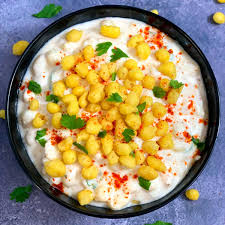- Curd is rich in calcium, phosphorous, and other vitamins and minerals.
- It can help strengthen bones and teeth.
- It can also help with digestion.
- Fermentation: Lactic acid bacteria in the curd starter convert the lactose in milk into lactic acid. This process curdles the milk proteins, giving curd its thick texture.
- Ingredients: The quality of the curd depends on the quality of the milk and the starter used. The starter can be made with dried red chilies, which are rich in lactobacilli bacteria.
- Seasoning: The amount of starter needed can vary depending on the season.
Curd is obtained by coagulating milk in a sequential process called curdling. It can be a final dairy product or the first stage in cheesemaking. The coagulation can be caused by adding rennet, a culture, or any edible acidic substance such as lemon juice or vinegar, and then allowing it to coagulate.
Curd contains live cultures of beneficial bacteria known as probiotics, such as Lactobacillus and Bifidobacterium strains. These probiotics help maintain a healthy balance of gut flora and promote optimal digestion, nutrient absorption, and regular bowel movements.
Its first known appearance was during the Neolithic period (around 5,000 BC) in Mesopotamia. That makes yogurt well over 7,000 years old! It’s believed that, like butter, yogurt was created by accident when milk was exposed to bacteria or soured in warm temperatures.























Reviews
There are no reviews yet.